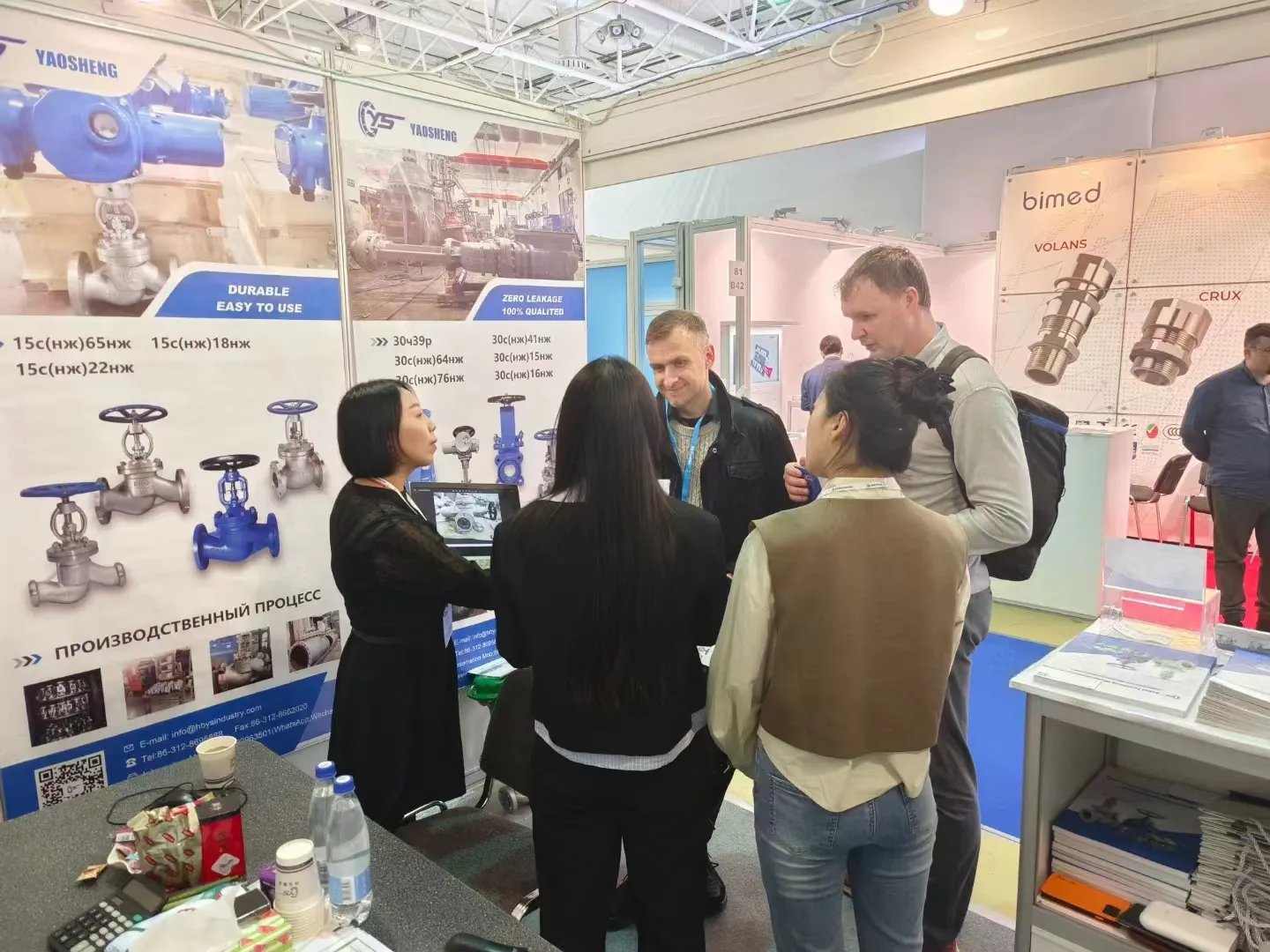High Pressure Check Valve Manufacturer for Reliable Flow Control Solutions
High Pressure Check Valves A Comprehensive Overview of Manufacturing
Check valves play a critical role in various industrial applications, especially those involving high-pressure systems. As reliable components designed to prevent backflow, they ensure the smooth operation of processes in sectors such as oil and gas, chemical processing, and water treatment. This article delves into the manufacturing of high-pressure check valves, covering materials, design considerations, and the importance of quality control.
Understanding Check Valves
Check valves, also known as non-return valves, are essential in maintaining the direction of flow within a pipeline. They allow fluid (liquid or gas) to flow in only one direction, automatically closing when the flow reverses. This function is crucial in high-pressure applications where backflow can cause damage to equipment and pose safety risks.
The design of high-pressure check valves often involves a combination of mechanical engineering and fluid dynamics. The valves are subjected to extreme conditions, making the choice of materials and the precision of manufacturing vital for their performance and longevity.
Key Materials for High-Pressure Check Valves
The manufacturing of high-pressure check valves commonly utilizes materials that can withstand the stresses of elevated pressure environments. The choice of material directly influences not only the valve's durability but also its compatibility with various fluids. Some of the commonly used materials include
1. Stainless Steel Known for its corrosion resistance and strength, stainless steel is often the preferred material for high-pressure check valves in harsh environments. It is commonly used in oil and gas applications, where exposure to corrosive fluids is a concern.
2. Carbon Steel This material offers excellent strength and toughness, making it suitable for high-pressure applications where weight is a consideration. Carbon steel valves are often coated or treated to enhance their resistance to corrosion.
3. Alloys In some cases, specific alloys are used to enhance properties such as strength, temperature resistance, and corrosion resistance. Nickel alloys, for instance, are frequently employed in extreme conditions like deep-sea applications.
4. Plastic and Composites For applications involving aggressive chemicals, manufacturers may opt for high-performance plastics or composites. These materials can be engineered to provide excellent chemical resistance while reducing weight.
Design Considerations in Manufacturing
When designing high-pressure check valves, several factors must be taken into account to ensure they function effectively under pressure
check valves high pressure manufacturer

1. Pressure Rating The valves must be designed and tested to handle specific pressure ratings, typically measured in pounds per square inch (PSI). Manufacturers should adhere to industry standards to ensure safety and reliability.
2. Flow Characteristics The design should minimize turbulence and pressure drop, optimizing the flow rate while preventing backflow. The shape and size of the internal components, including the disc and seat, are crucial in achieving these objectives.
3. Seal Design Effective sealing is critical in preventing leaks. Manufacturers often implement high-quality O-rings or gasket materials to ensure reliable performance under high pressure.
4. Actuation Mechanism High-pressure check valves can be designed with different actuation mechanisms, including spring-loaded, piston-operated, or gravity-operated designs. The choice of mechanism influences the responsiveness of the valve to changes in flow direction.
Importance of Quality Control
In the manufacturing of high-pressure check valves, quality control is paramount. Given the potential consequences of valve failure, rigorous testing and inspection processes are necessary. Manufacturers typically conduct
- Material Testing Verification of the properties of raw materials used in production ensures they meet required specifications.
- Pressure Testing Finished valves undergo pressure testing to confirm their ability to withstand the specified pressure without leaks or failures.
- Dimensional Inspection Precision in dimensions is critical; therefore, manufacturers utilize advanced measurement techniques to ensure every component meets design specifications.
- Operational Testing Finally, testing valves under actual working conditions allows manufacturers to assess functionality and performance, ensuring reliability before the product reaches the market.
Conclusion
The manufacturing of high-pressure check valves is a complex process that requires careful consideration of materials, design, and quality control. With their vital role in preventing backflow and ensuring the safe operation of high-pressure systems, these valves are indispensable in various industries. Understanding the intricacies involved in their production helps organizations choose reliable components for their critical applications, ultimately contributing to enhanced safety and efficiency in industrial operations.
-
The Key to Fluid Control: Exploring the Advantages of Ball Valves in Industrial SystemsNewsJul.09,2025
-
The Versatile World of 1, 2, and 3 Piece Ball ValvesNewsJul.09,2025
-
Stainless Steel Ball Valves: The Ideal Choice for Efficient Flow ControlNewsJul.09,2025
-
Optimizing Fluid Control with Ball Float ValvesNewsJul.09,2025
-
Manual Gate Valves: Essential for Control and EfficiencyNewsJul.09,2025
-
Everything You Need to Know About Butterfly ValvesNewsJul.09,2025
-
The Versatility of Wafer Type Butterfly ValvesNewsJul.08,2025




